Selecting the perfect color for your bedroom can be daunting, as it sets the tone for your sanctuary.
The right color palette can create a soothing atmosphere, promote better sleep, and reflect your style.
In this quick guide, we’ll explore the world of bedroom colors, helping you make an informed decision that you’ll love for years to come.
We’ll discuss color psychology, factors to consider when choosing bedroom paint two colors, popular color options, and how to combine colors effectively for a harmonious look.
By the end of this guide, you’ll have the knowledge and confidence to transform your bedroom into a tranquil oasis that perfectly suits your taste and enhances your well-being.
So, whether you’re starting from scratch or looking to refresh your existing space, let’s dive in and discover the ideal color scheme for your bedroom.
Understanding Color Psychology
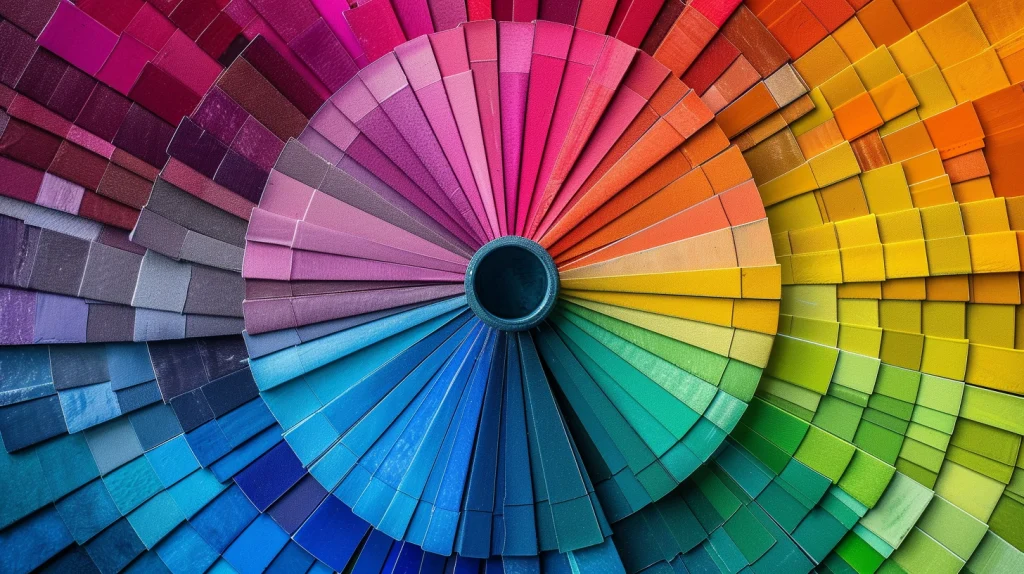
Color psychology plays a significant role in creating the desired ambiance in your bedroom.
Different colors evoke various emotions and influence your mood, energy levels, and overall well-being.
Warm colors, such as red, orange, and yellow, are associated with energy, passion, and excitement.
These colors can stimulate the senses and create a cozy, intimate atmosphere.
Conversely, cool colors like blue, green, and purple are known for their calming and soothing effects.
They can promote relaxation, tranquility, and a sense of serenity, making them popular bedroom choices.
Neutral colors, including white, beige, gray, and taupe, are versatile and timeless.
They provide a blank canvas to incorporate accent colors and can easily adapt to different styles and decor preferences.
Neutral colors also can make a room feel more spacious and airy, which is particularly beneficial for smaller bedrooms.
By understanding the psychological impact of colors, you can select a palette that visually appeals to you and supports the desired mood and energy you want to experience in your bedroom.
Factors to Consider When Choosing Bedroom Colors

When selecting colors for your bedroom, several key factors must be considered.
First and foremost, your personal preferences should be at the forefront.
Choose colors that resonate with you and make you feel comfortable and happy in your space.
Consider your favorite colors and the emotions they evoke, as this will help narrow down your choices.
The size of your bedroom and the amount of natural light it receives also play a crucial role in color selection.
Lighter colors can make a small room feel more spacious and airy, while darker colors can create a cozy and intimate atmosphere in a larger room.
If your bedroom receives ample natural light, you have more flexibility in choosing colors, as the light will help balance out the hues.
However, if your room has limited natural light, choose lighter colors to prevent the space from feeling dark and cramped.
Your existing furniture and decor should also be considered when choosing bedroom colors.
Consider the color and style of your bed frame, dresser, and other key pieces to ensure a cohesive look.
You can choose colors that complement your existing furnishings or a color scheme that allows you to incorporate new accents and textures.
Finally, consider the atmosphere you want to create in your bedroom.
Soft and muted colors like pale blue, lavender, or sage green may be ideal for a relaxing and serene environment.
For a more energizing and vibrant space, consider bolder colors like deep red, teal, or sunny yellow.
Keep in mind that you can always balance bold colors with neutral accents to maintain a sense of tranquility.
Popular Bedroom Color Choices
When it comes to popular bedroom color choices, several options consistently create inviting and comfortable spaces.
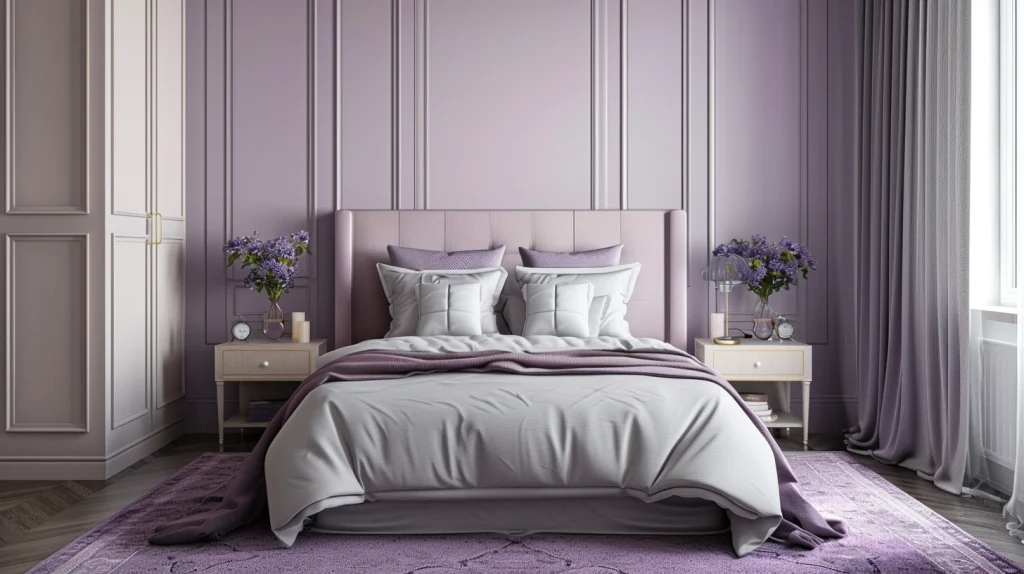
- Blue is a perennial favorite, known for its calming and soothing qualities. Soft shades of blue, such as sky blue or pale aqua, can create a serene and peaceful atmosphere, promoting relaxation and better sleep.
- Green is another popular choice, representing balance, growth, and renewal. Soft shades of green, like sage or mint, can create a refreshing and tranquil ambiance, while deeper greens can add a touch of sophistication and elegance to your bedroom.
- Lavender is a soothing and stress-reducing color that can promote a sense of calm and relaxation. Its soft, muted tones create a gentle and inviting atmosphere, making it perfect for bedrooms.
- Gray has gained popularity in recent years due to its versatility and sophistication. It is an excellent neutral backdrop for various decor styles and can easily be paired with other colors for a personalized touch.
- Beige is a warm, neutral color that creates a cozy and inviting atmosphere. It pairs well with a wide range of accent colors and can adapt to different design aesthetics, from traditional to modern.
Color Combinations and Accents
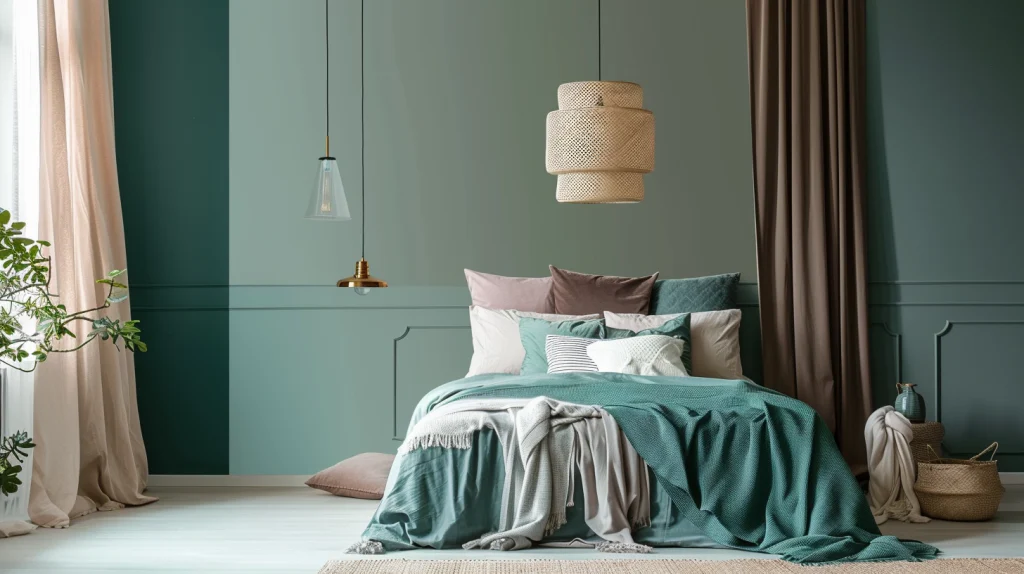
When creating a color scheme for your bedroom, you can explore various color combinations and accents to add depth and visual interest.
Monochromatic color schemes involve using different shades and tints of the same color, creating a harmonious and cohesive look.
Complementary color schemes, on the other hand, use colors opposite each other on the color wheel, such as blue and orange or purple and yellow, to create a dynamic and vibrant contrast.
Analogous color schemes use colors adjacent to each other on the color wheel, such as blue, blue-green, and green, resulting in a soothing and balanced palette.
Accent colors can add pops of interest and personality to your bedroom.
These can be introduced through throw pillows, curtains, rugs, or artwork, allowing you to easily change the look and feel of your space without committing to a full repaint.
Tips for Implementing Your Chosen Color
Once you’ve selected your bedroom colors, it’s essential to consider the paint finishes and how to incorporate the colors through various elements.
Matte or flat finishes provide a soft and velvety appearance, while satin or eggshell finishes offer a slight sheen and are easier to clean, making them suitable for bedrooms.
Incorporate your chosen colors through bedding, curtains, and decorative accessories to create a cohesive look.
Mix and match patterns and textures in your accent pieces to add depth and visual interest.
Consider the flow and continuity of colors with adjacent rooms, such as en-suite bathrooms or connected living spaces, to maintain a harmonious overall aesthetic in your home.
Common Mistakes to Avoid:
When choosing bedroom colors, avoid overusing bright or bold colors, as they can be overwhelming and disrupt the relaxing atmosphere.
Consider the lighting conditions in your room, as colors can appear different under various light sources.
Lastly, don’t ignore your style and preferences in an attempt to follow trends or please others.
Conclusion
Choosing the right color for your bedroom is a personal and important decision that can greatly impact your daily life.
By understanding color psychology, considering key factors, and exploring popular color options, you can create a bedroom that reflects your style and promotes a sense of comfort and well-being.
Consider color combinations, incorporate accents, and consider paint finishes and lighting conditions.
Don’t be afraid to experiment with different shades and patterns until you find the perfect bedroom. Paint two colors that resonate with you.
Whether you prefer soothing neutrals, calming blues, or invigorating greens, the key is to create a space that makes you feel relaxed, happy, and at home.
With these guidelines in mind, you’re well on your way to designing a bedroom color scheme that will provide you with a serene and inviting retreat for years to come.




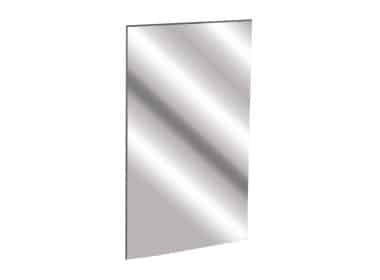

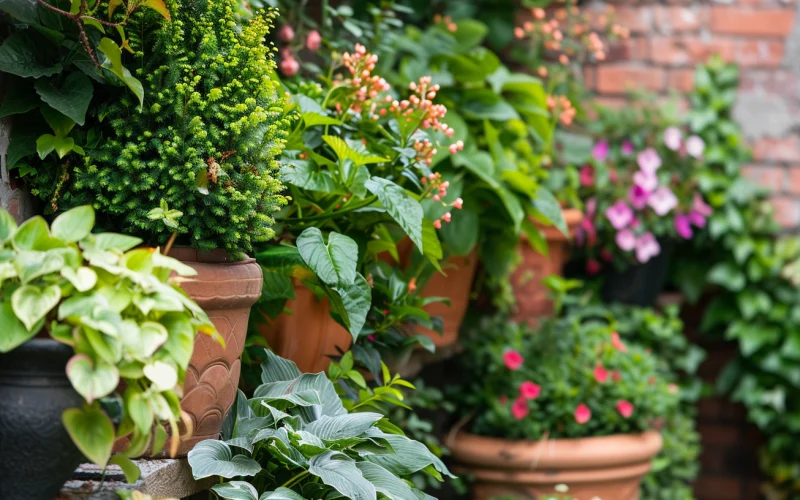
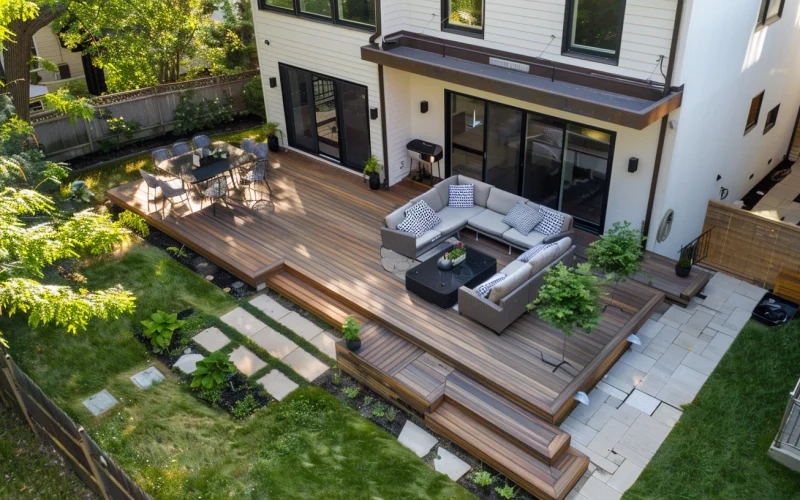
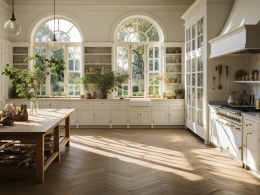

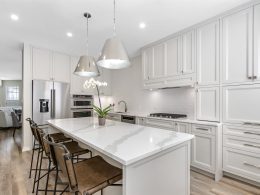

Comments 1